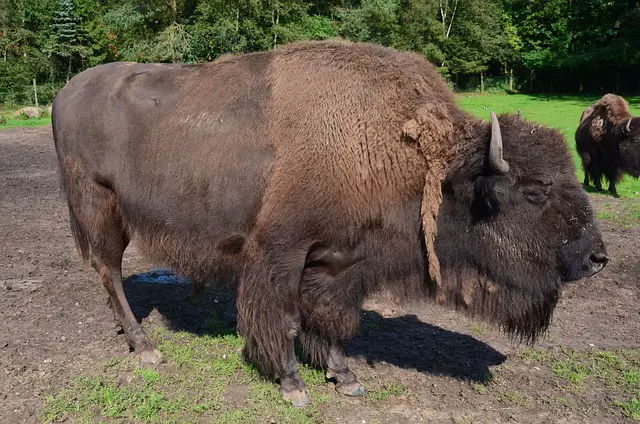Mountain climbing has been an enduring symbol of exploration, adventure, and human spirit. It presents colossal challenges that require not just the right skills, strength, and mental fortitude, but also the proper mountain climbing equipment. This article seeks to guide you through the dizzying array of climbing gear, focusing on their purpose, importance, and selection.
What Does Basic Mountain Climbing Equipment Consist of?
When embarking on a mountain climbing expedition, certain items are indispensable, regardless of the complexity of the climb.
Footwear: Boots and Crampons
Fundamental to any climber’s kit, mountaineering boots provide warmth, stability, and grip. Modern mountaineering boots are usually insulated, waterproof, and durable. Crampons—metal spikes fixed to boots—provide traction on ice and snow.
Harness and Rope
A climbing harness secures you to the rope for safety during ascent and descent. The rope, often paired with carabiners, connects climbers to each other and to anchors.
Helmets
A helmet shields your head from falling rocks and ice, as well as accidental falls.
Is Specialized Equipment Necessary?
Depending on the obstacles that the mountain presents, specialized equipment may be required.
Ice Axes and Tools
For ascending steep, icy terrain, climbing axes and ice tools offer balance and footing, acting as a kind of extension to your arm.
Glacier Travel Equipment
This includes crevasse rescue gear, snow stakes and ice screws, intended to ensure safe travel across potentially treacherous glaciers.
Climbing Protection
This involves devices such as camming units and nuts, which are inserted into cracks in the rock to secure your position and prevent falls.
How Do You Select the Right Equipment?
Identifying the right mountain climbing equipment is often a matter of personal preference, safety requirements, and the specific challenges of the mountain.
Comfort and Fit
Equipment should be comfortable and fit well. For instance: boots should provide ample toe room, and harnesses should be adjustable and not restrictive.
Weight and Durability
Equipment must be light enough to carry, yet durable to withstand harsh mountain conditions. Materials like carbon fiber and titanium strike a balance between weight and resilience.
Brand Reputation and Reviews
Researching equipment brands, reading reviews, and talking to experienced climbers can guide you towards reliable, high-quality gear.
What’s the Bottom Line?
Mountain climbing is a thrilling, rewarding pursuit, but it’s also demanding and potentially hazardous. The right equipment can often make the difference between a successful climb and a dangerous situation. While gear needs can vary greatly depending on the specific climb, understanding the basics of mountain climbing equipment is a crucial first step.
As technology advances and innovative products continue to emerge, climbers are better equipped than ever to conquer the world’s highest peaks. From the foothills to the summit, make every step count by investing in the right gear for your climb. Remember that no piece of equipment can replace knowledge, skill, and awareness, but the right tools can certainly enhance your safety and performance as you scale those challenging heights.




